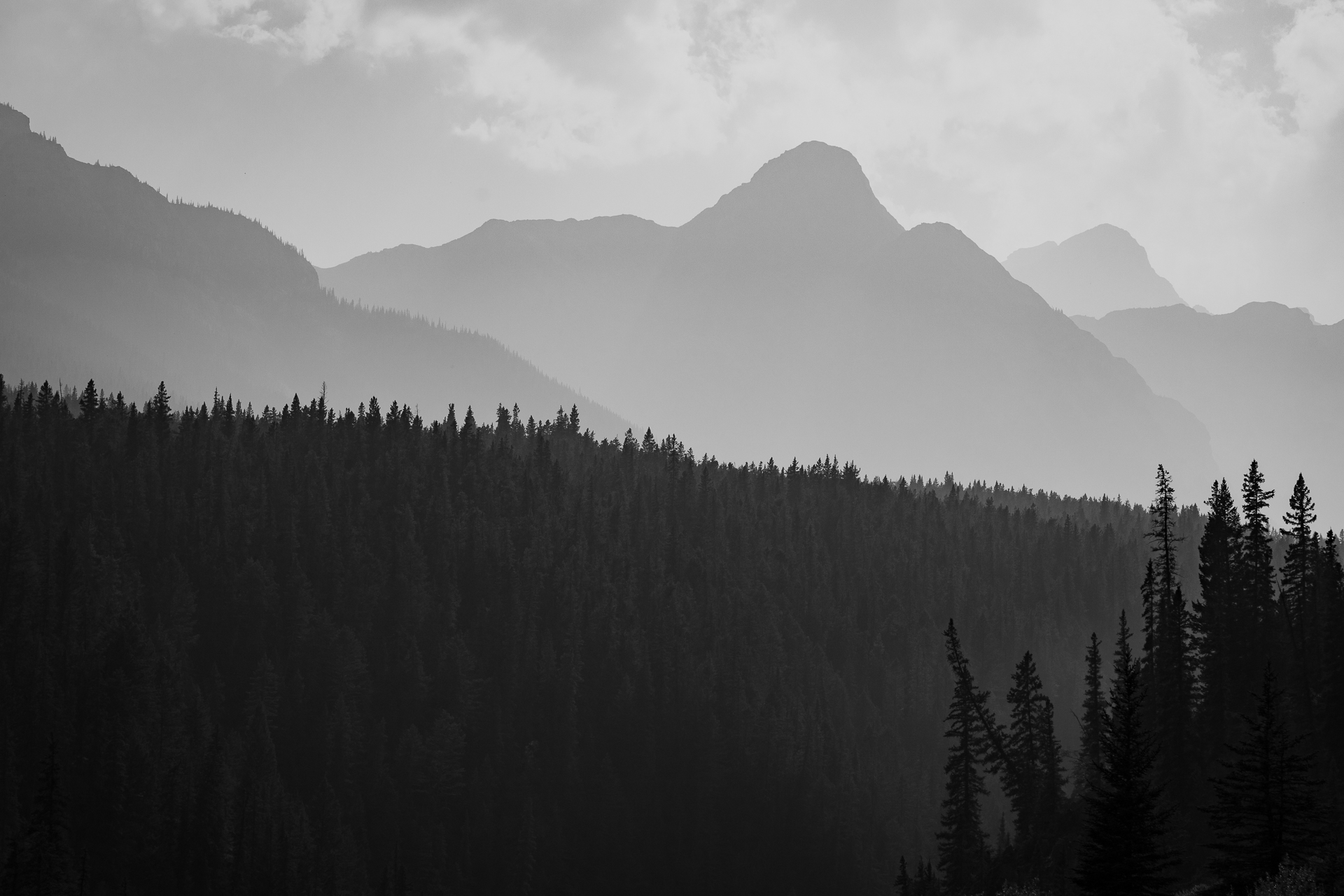Mastering Light Metering Under Sunny Skies
One of the key challenges in prairie landscape photography is managing the bright, expansive skies. Proper light metering ensures your photos are well-exposed, balancing the sky and the land.
Sunny 16 Rule
A fundamental technique is the Sunny 16 rule, which suggests setting your aperture to f/16 on a sunny day and adjusting your shutter speed to the reciprocal of your ISO setting. For example, with ISO 100, you’d use a shutter speed of 1/100 second. This method helps achieve a balanced exposure in bright conditions.
Spot Metering
For more precise control, use spot metering to measure the light in specific areas of your scene. Aim your camera’s meter at a mid-tone area (such as a sunlit grass patch) to get an accurate exposure reading. This technique is particularly useful when dealing with high-contrast scenes.
Graduated Neutral Density Filters
To balance the exposure between the bright sky and darker land, consider using graduated neutral density (GND) filters. These filters reduce the brightness of the sky while leaving the land unaffected, helping to avoid blown-out highlights and underexposed shadows.
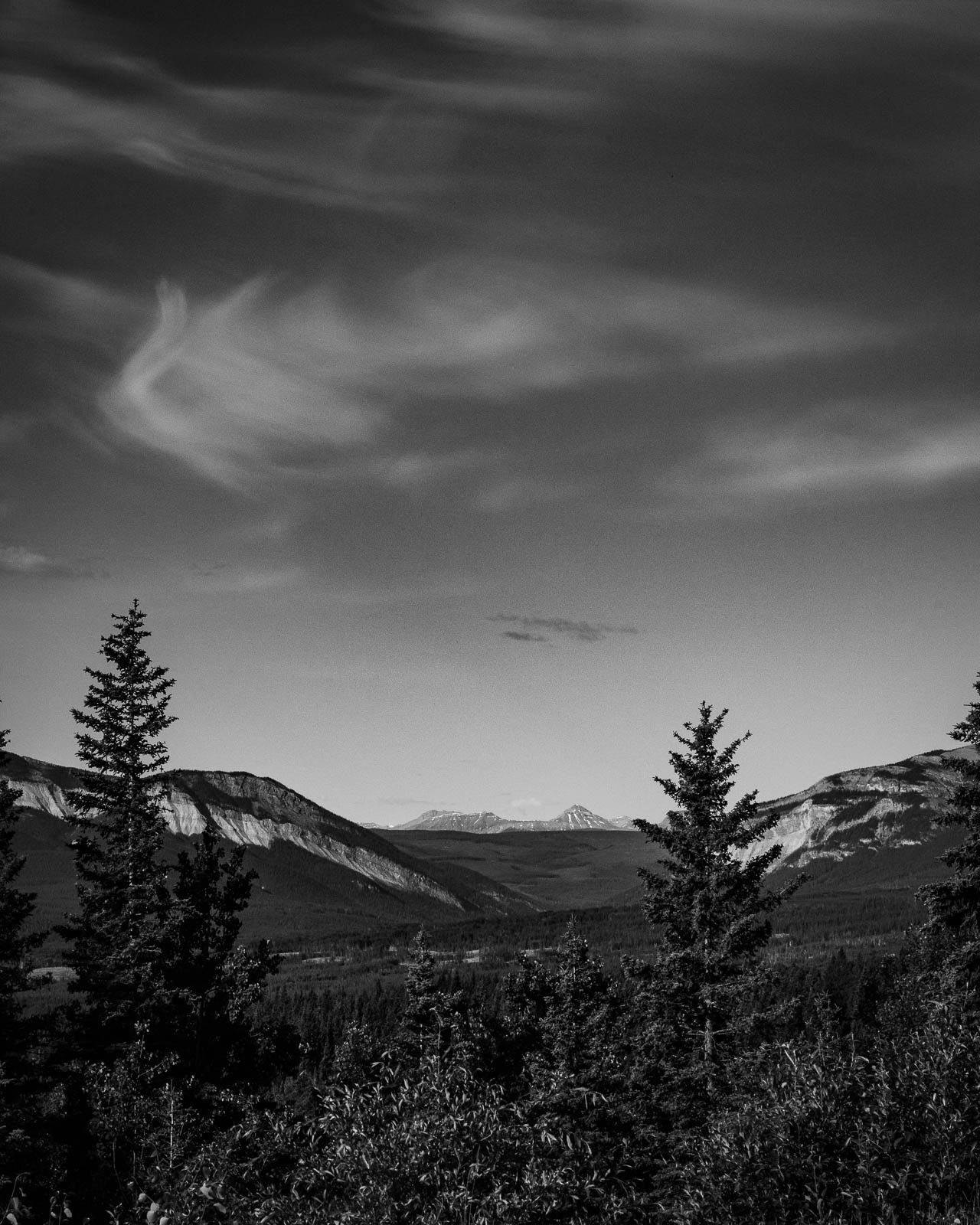
Lens Selection for Prairie Photography
The choice of lens significantly influences the perspective and composition of your landscape photos. Different lenses offer unique advantages for capturing the vastness and detail of the prairies.
Wide-Angle Lenses
Wide-angle lenses (14-24mm) are ideal for capturing expansive vistas and dramatic skies. They emphasize the vastness of the landscape, making the viewer feel immersed in the scene. However, be mindful of distortion, which can be minimized by keeping the horizon straight and avoiding tilting the camera excessively.
Standard Zoom Lenses
Standard zoom lenses (24-70mm) provide versatility, allowing you to capture both wide landscapes and more intimate scenes. They offer flexibility in framing and composition, making them a great choice for exploring various perspectives.
Telephoto Lenses
Telephoto lenses (100mm or More) are perfect for isolating specific elements within the landscape, such as distant hills, trees, or wildlife. They compress the perspective, creating a sense of depth and bringing distant subjects closer.
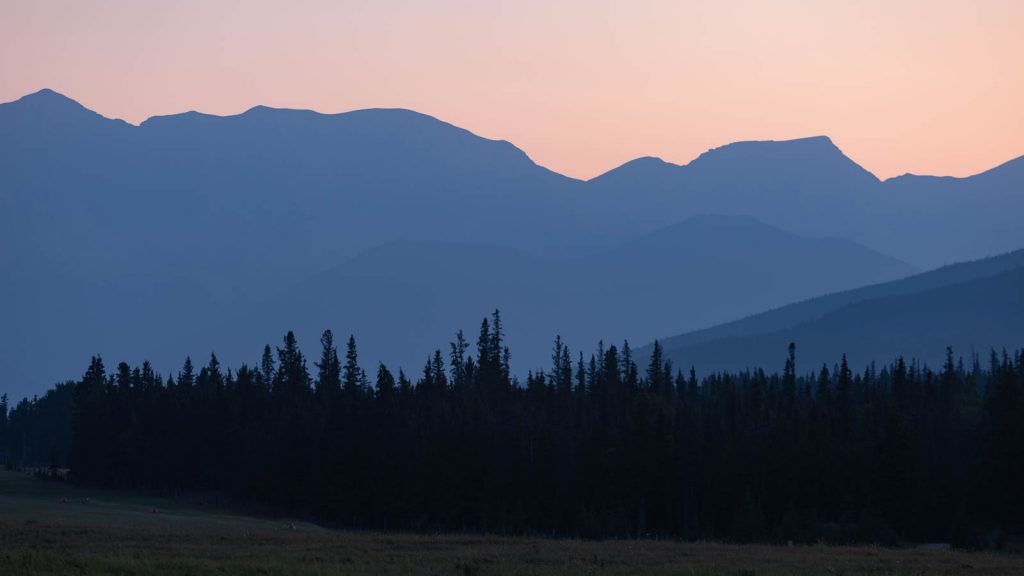
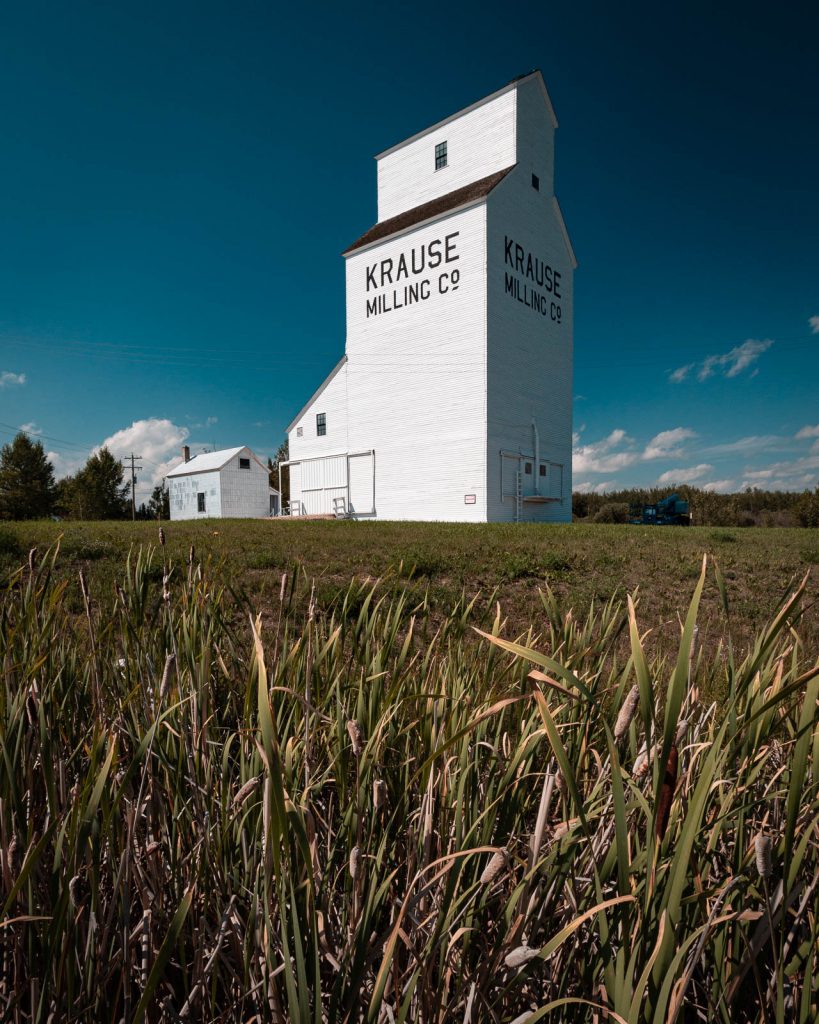
Filters for Black and White Photography
Black and white photography can transform the prairies into a timeless, evocative realm. Filters play a crucial role in enhancing the tonal range and contrast in black and white images.
The Advent of Digital Photography has made the use of colour filters less ubiquitous, but the concepts are no less valuable today. PetaPixel offers a fantastic article on the use of colour filters and their impact on images.
Red Filters
Red filters darken blue skies, creating dramatic contrast with white clouds. They enhance the texture and detail in the sky, making it a striking element in your composition.
Yellow Filters
Yellow filters offer a subtler effect than red filters, darkening the sky slightly while maintaining natural contrast. They are useful for adding a touch of drama without overpowering the scene.
Polarizing Filters
Polarizing filters reduce reflections and enhance the clarity of skies and clouds. While not specifically for black and white, they can improve overall image quality and contrast, making your black and white conversions more impactful.

Drawing Inspiration from Legendary Photographers
As one begins a journey in Landscape Photography – you may wish to draw on the styles and considerations of recognized icons in the genre. Explore the images of talents that have graced the pages of published history. These photographers captured my attention so many years ago, and though I have begun to develop my own style, these talented and creative photographers are always lurking in my subconscious as a guide.
Ansel Adams
Ansel Adams, renowned for his black and white landscapes, emphasized the importance of tonal range and detail. His meticulous approach to exposure and composition offers valuable lessons for prairie photography. Study his work to understand how he captured the interplay of light and shadow. [https://www.anseladams.com/]
Galen Rowell
Galen Rowell’s vibrant, adventurous landscapes demonstrate the power of dynamic compositions and the use of natural light. His ability to convey a sense of place and emotion is inspirational for capturing the essence of the prairies. [https://www.onlandscape.co.uk/2011/01/master-photographer-galen-rowell/]
Carlton Watkins
Carlton Watkins’ pioneering work in the American West showcases the importance of scale and grandeur. His large-format photographs highlight the majestic beauty of vast landscapes, a perspective that resonates with the expansive prairies. [https://fraenkelgallery.com/artists/carleton-watkins]
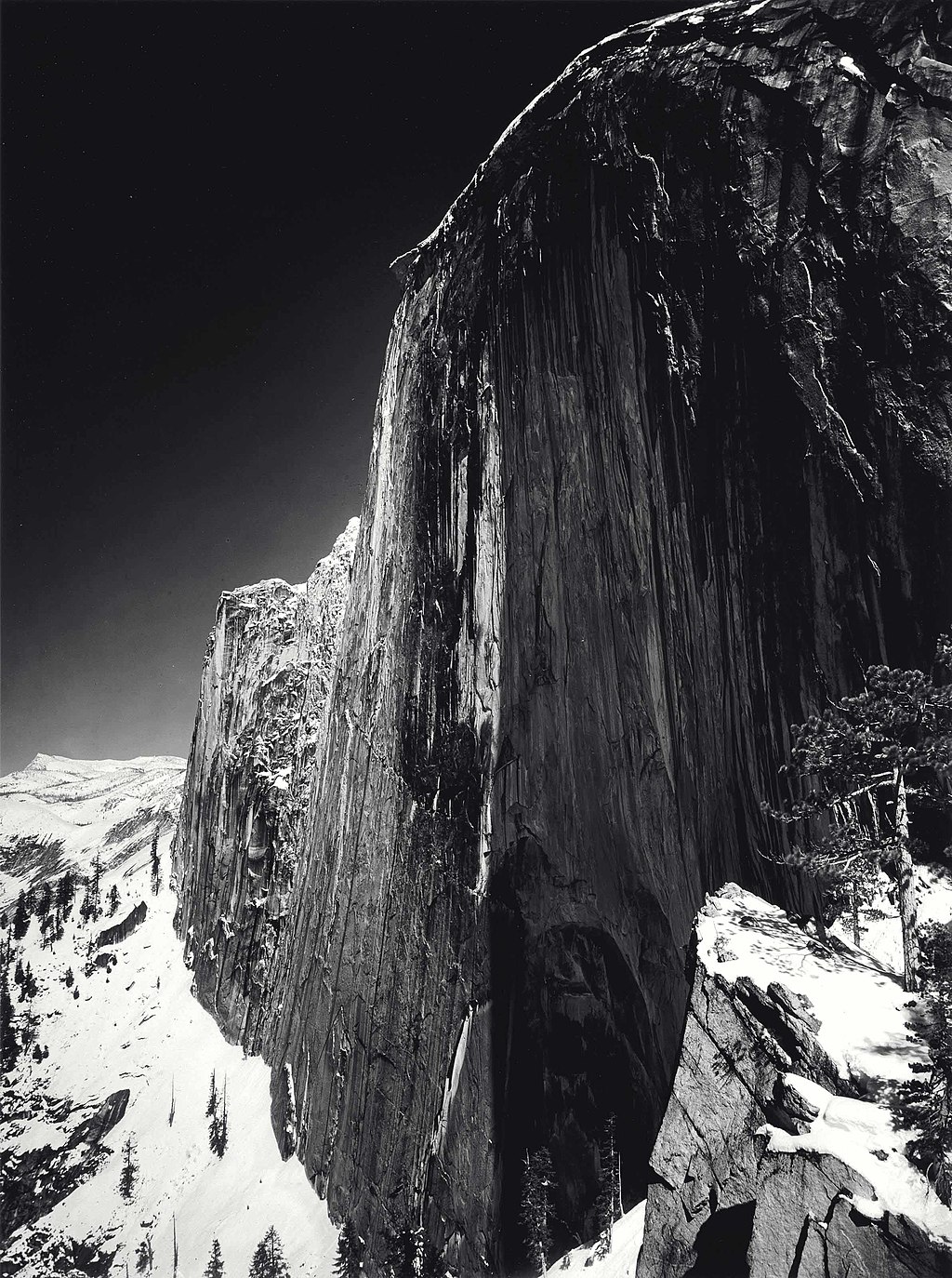
Artistic Elements of Landscape Photography
Composition
Effective composition is crucial in landscape photography. Use the rule of thirds, leading lines, and foreground elements to create a sense of depth and guide the viewer’s eye through the image. Experiment with different angles and perspectives to find the most compelling composition.
Light and Shadow
The prairies offer diverse lighting conditions, from golden hour glow to dramatic storm clouds. Pay attention to how light interacts with the landscape, creating patterns, textures, and contrasts. Early morning and late afternoon light, known as the golden hour, often provides the most flattering and dynamic lighting.
Mood and Emotion
Landscape photography is not just about capturing a scene; it’s about conveying a mood or emotion. Whether it’s the tranquility of a sunset or the intensity of an approaching storm, strive to evoke a feeling in your viewer. Use color, light, and composition to tell a story and connect with your audience.
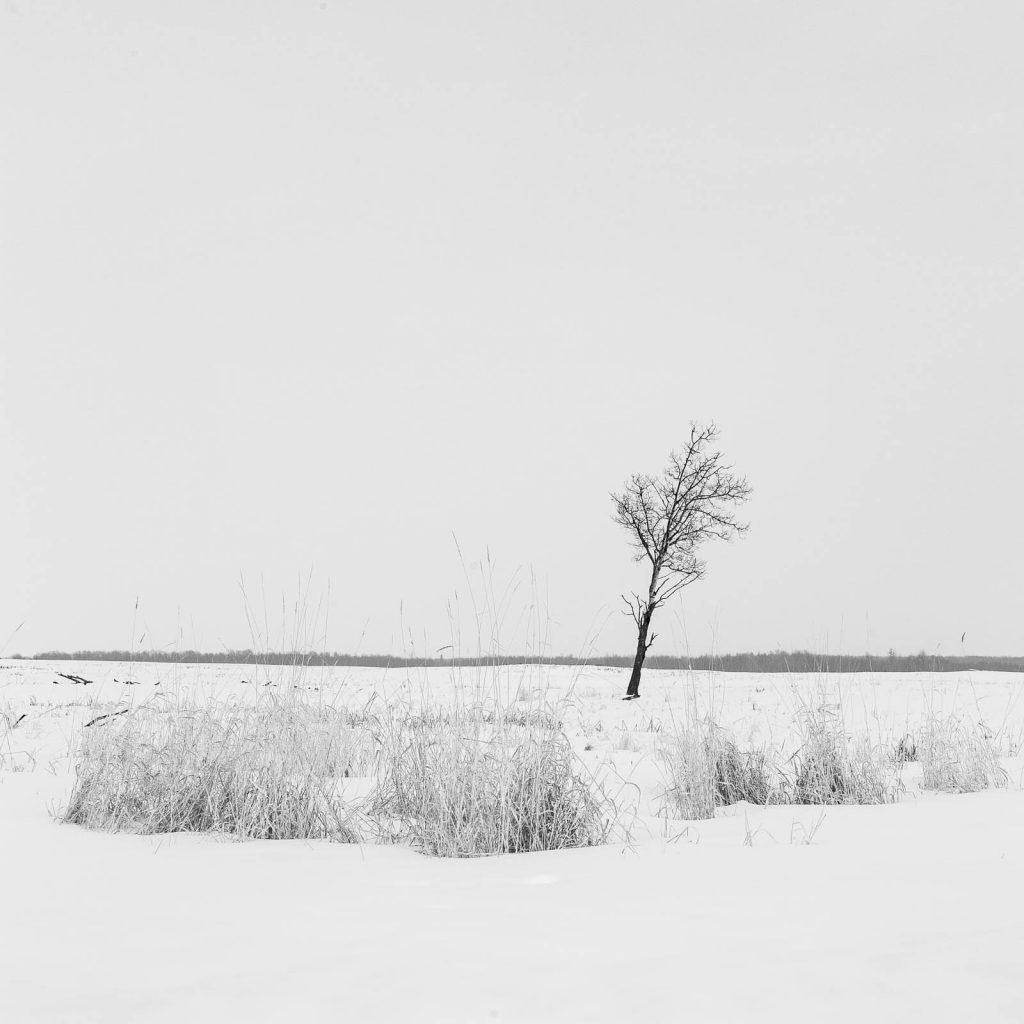
Conclusion
Photographing the prairies of Canada offers a unique opportunity to capture the beauty and vastness of this remarkable landscape. By mastering light metering, selecting the right lenses, and using filters for black and white photography, you can create stunning images that reflect the essence of the prairies. Draw inspiration from legendary photographers like Ansel Adams, Galen Rowell, and Carlton Watkins, and focus on the artistic elements that make landscape photography a powerful and expressive art form. Embrace the challenge, explore the prairies, and let your creativity soar.
– Greg Scratchley, Summer 2024.


